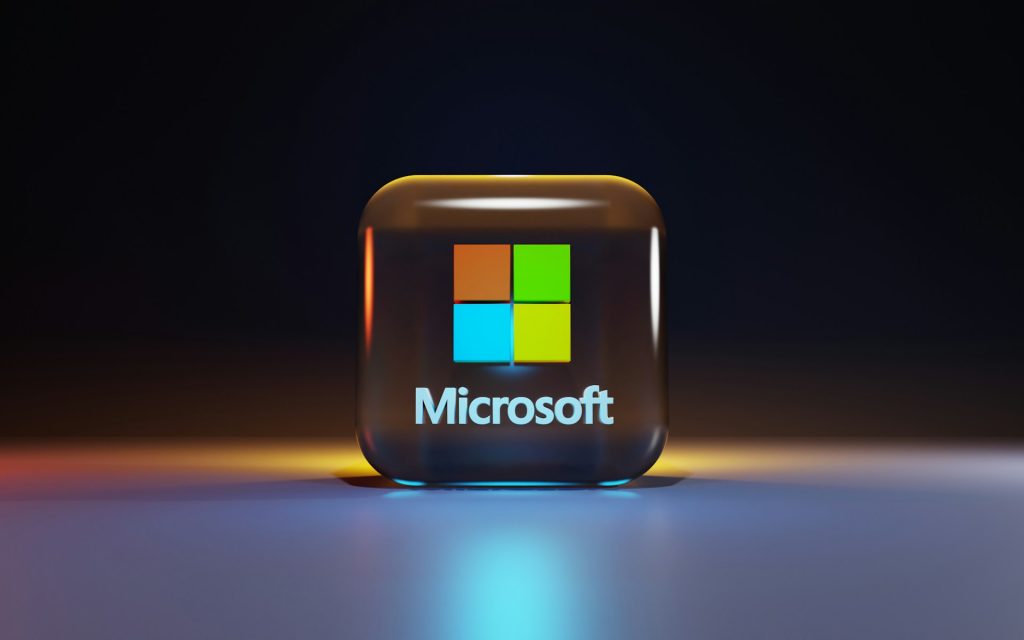Microsoft Launches AI “Teach” Assistant for Schools, Rolls Out Key Accessibility Updates to M365

Microsoft is making a major push into the classroom with the launch of its new AI “Teach” module. The tech giant is integrating the assistant directly into Microsoft 365 Education at no additional cost. The tool is designed to automate the creation of instructional materials, a time-consuming task that initial tests show could save educators up to nine hours per week.
This rollout marks a significant step in Microsoft’s strategy to establish generative AI across educational institutions. Mike Tholfsen, Principal Group Product Manager for Microsoft Education, confirmed the launch via LinkedIn, welcoming teachers worldwide to the new experience.
Streamlining Educator Workloads
The “Teach” module functions as a digital teaching assistant, responding to natural language prompts to create complex educational materials. Teachers can now generate comprehensive, standards-aligned lesson plans, develop detailed grading rubrics, and produce study aids like flashcards—all in a fraction of the time previously required.
The system is also designed for adaptability. With just a few clicks, educators can modify the difficulty of existing content, differentiate materials for various learning types, or translate texts. The AI supports educational standards from over 35 countries and can even generate AI-based feedback summaries for student comments.
The tool is integrated into the Microsoft 365 Copilot app and is available via web, Windows, and Mac. Early case studies show impressive results: teachers at Brisbane Catholic Education are saving over nine hours per week using Copilot tools, while 84 percent of users at the University of South Carolina reported saving one to five hours weekly.
Core M365 Suite Gets Key Accessibility Upgrades
Alongside these new AI features, Microsoft is also focusing on enhancing the accessibility and usability of its core Microsoft 365 suite. The company is rolling out adjustments designed to better support both private and business users with diverse needs, as first reported by “Neowin.” A primary focus of the update is improving screen reader compatibility and eliminating unnecessary rule violations in the accessibility checker.
Key improvements involve how Microsoft 365 handles tables. Previously, header rows in tables were often incorrectly flagged as errors. Going forward, these will be recognized correctly in Microsoft Word, Excel, and PowerPoint and will no longer be listed as compliance violations. Similarly, the logic for processing merged cells has been revised to prevent them from triggering unnecessary warnings.
Update Availability and Future Sunsets
Microsoft has also refined how the accessibility checker treats special cases, such as small tables. As noted by “Windows Report,” tables with fewer than four rows or columns will no longer trigger merge or split warnings, enhancing usability for document creators. Similar adjustments apply to decorative or empty shapes and text fields in Word and Excel, which will no longer be flagged as accessibility violations since they do not impede navigation.
The changes related to table issues are available for Word, Excel, and PowerPoint users starting with Version 2411 on Windows and Version 16.103 on Mac. The adjustments for empty elements are implemented in the same versions for Word and Excel. In separate news, Microsoft also confirmed it is discontinuing support for Microsoft Publisher, with the software reaching its end-of-life in 2026.
Context: A Long History of Market Evolution
This dual focus on next-generation AI and core product refinement reflects the company’s long history of adaptation. Microsoft was founded in 1975 by Bill Gates and Paul Allen after they read about the Altair 8800, one of the first personal computers, in “Popular Electronics” magazine.
A pivotal milestone came in 1980 with Microsoft’s collaboration with IBM to develop the MS-DOS operating system for the IBM Personal Computer. This partnership paved the way for the introduction of the Windows operating system. Windows 1.0, released in 1985, introduced a revolutionary graphical user interface, and Windows 95 later helped solidify Microsoft’s dominance in PC operating systems.
In the early 2000s, Microsoft began diversifying its product lineup. The company entered the gaming market with the 2001 release of the Xbox and expanded into cloud computing with the launch of the Azure platform in 2010.






